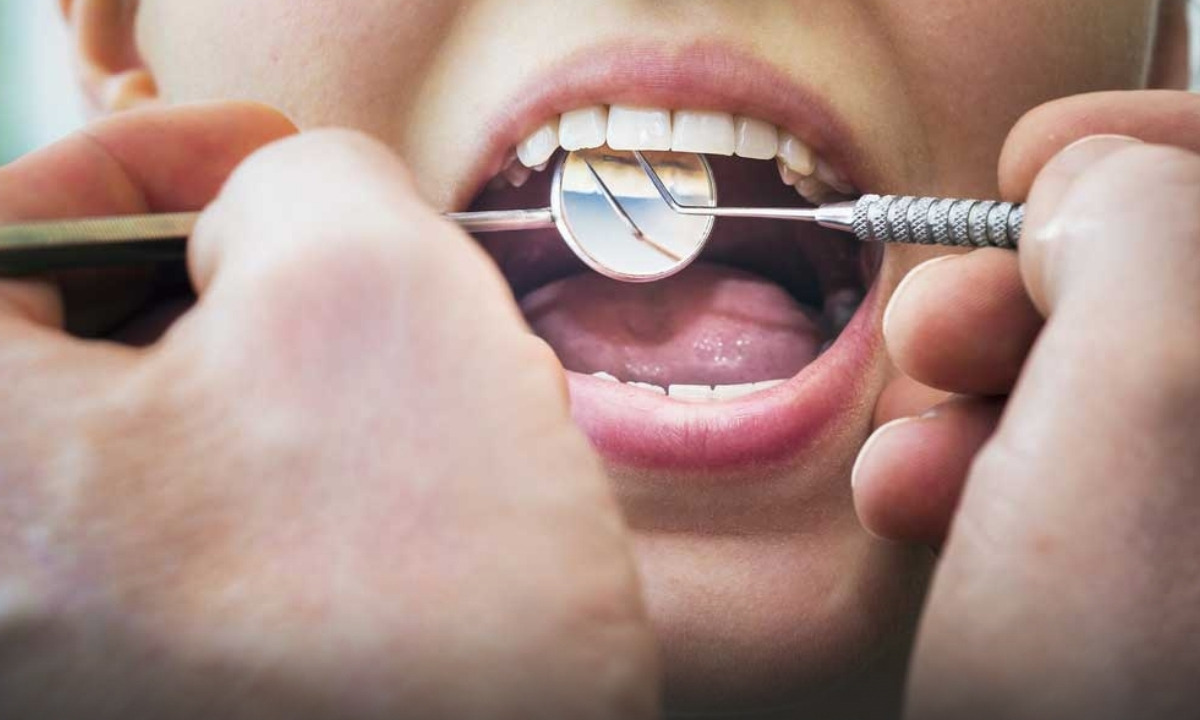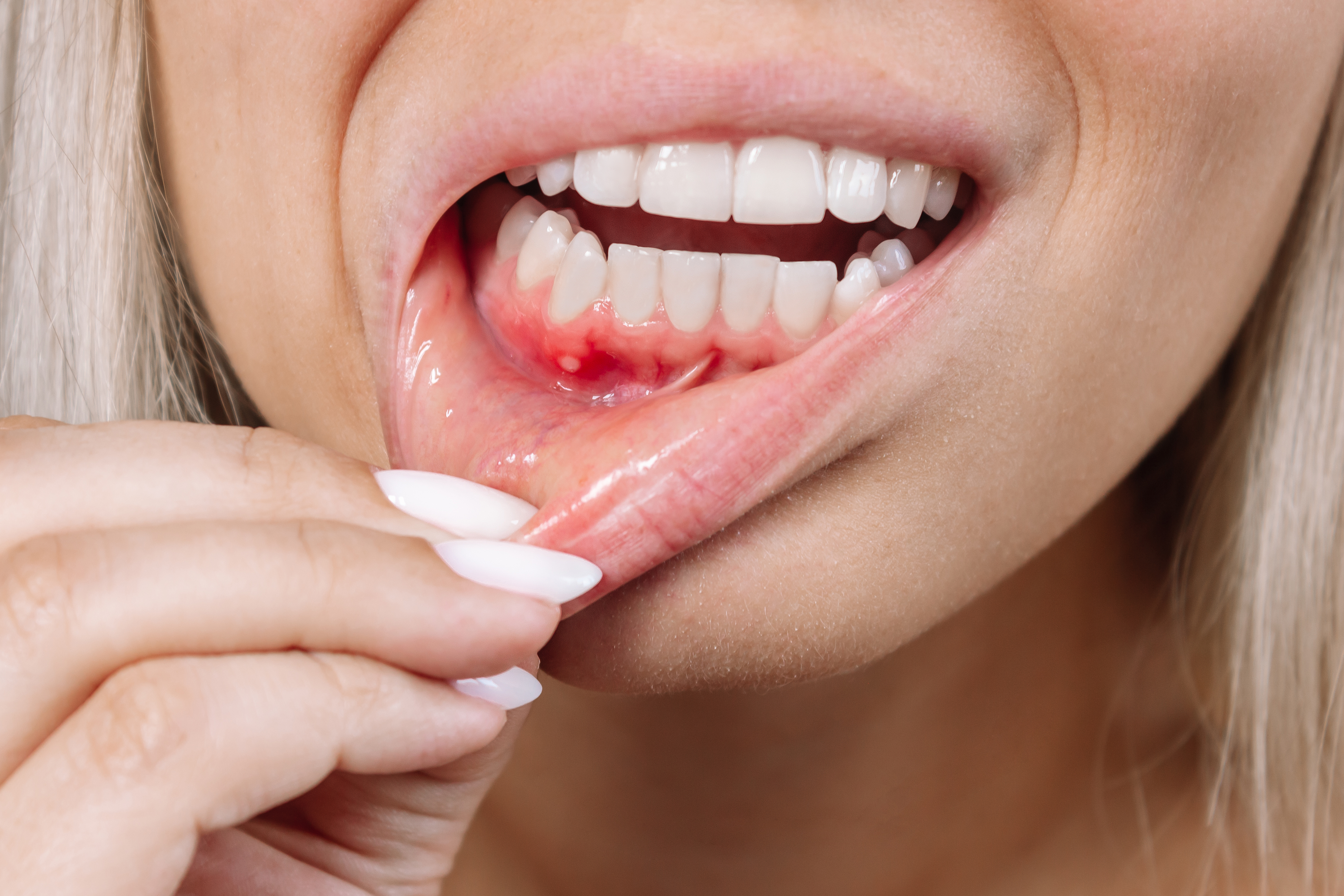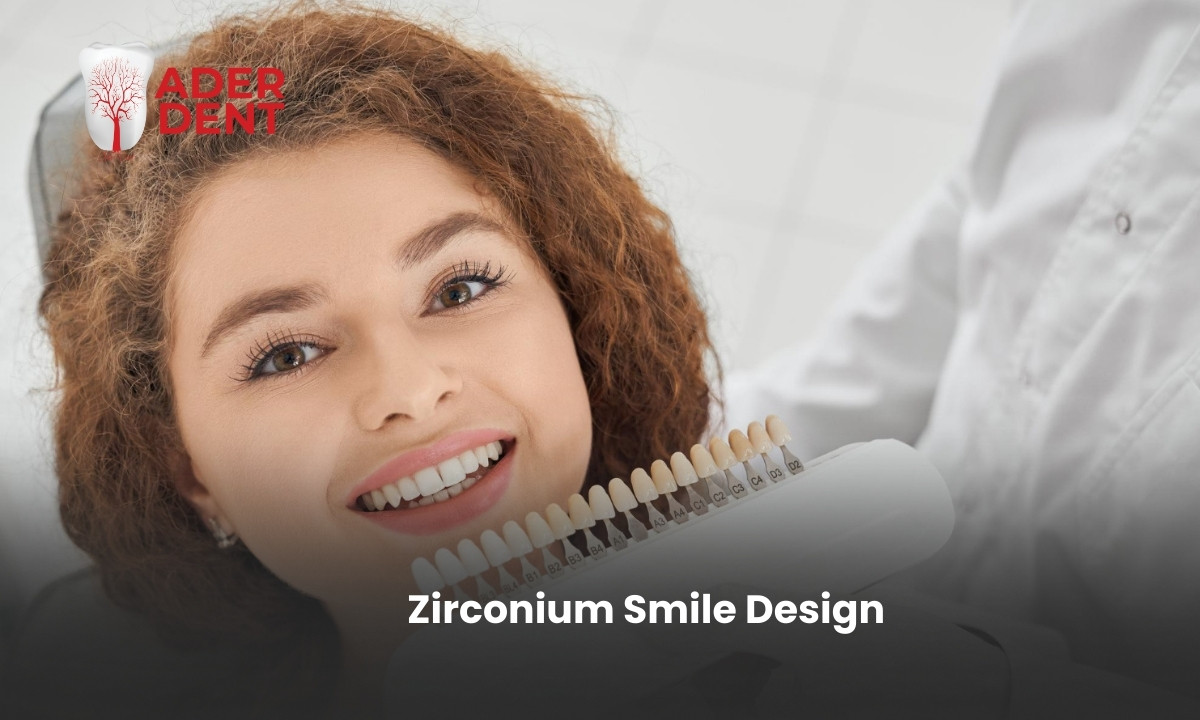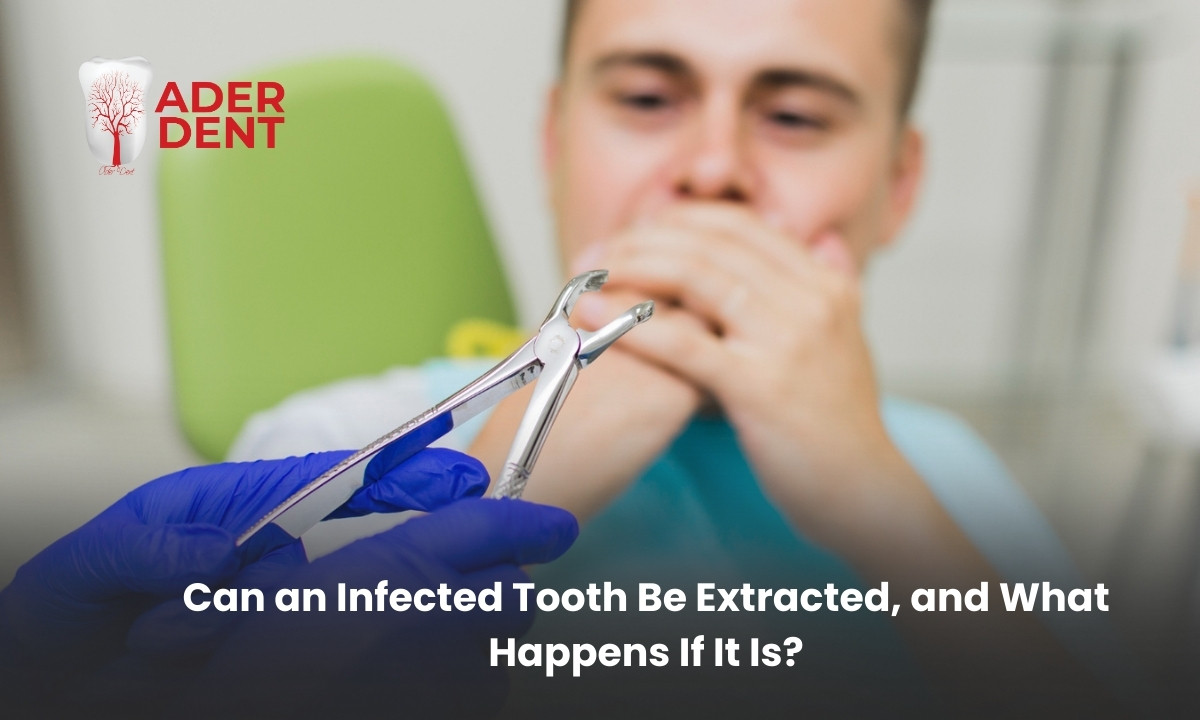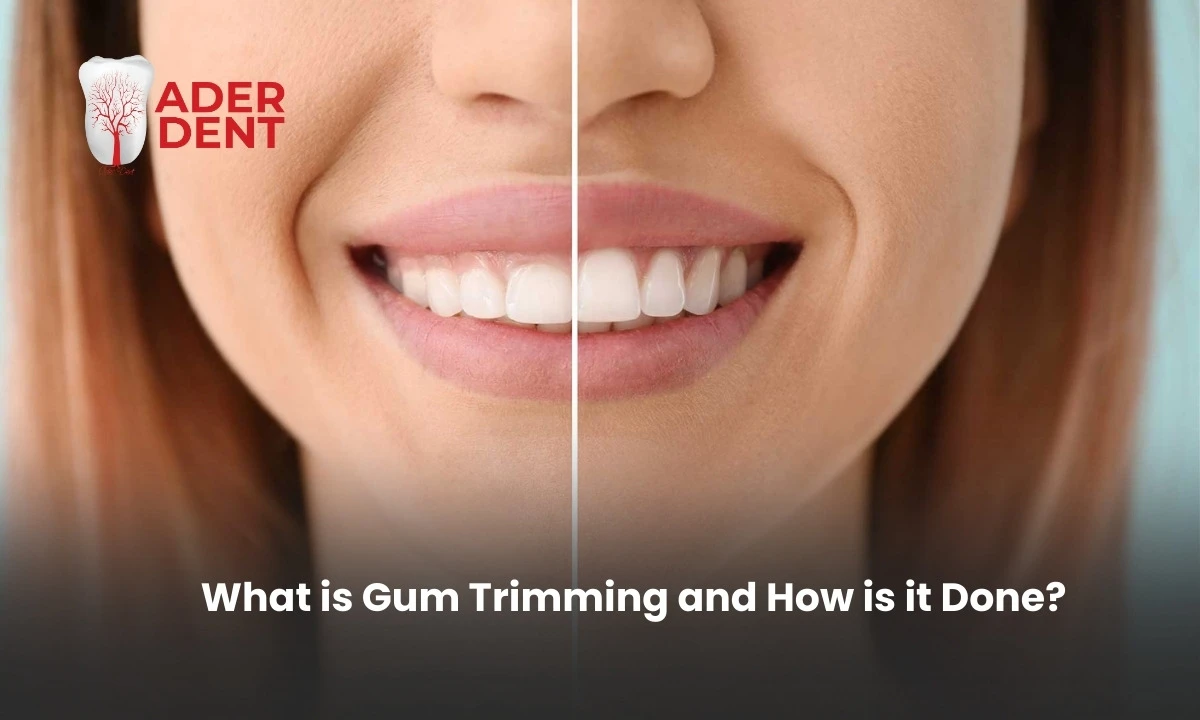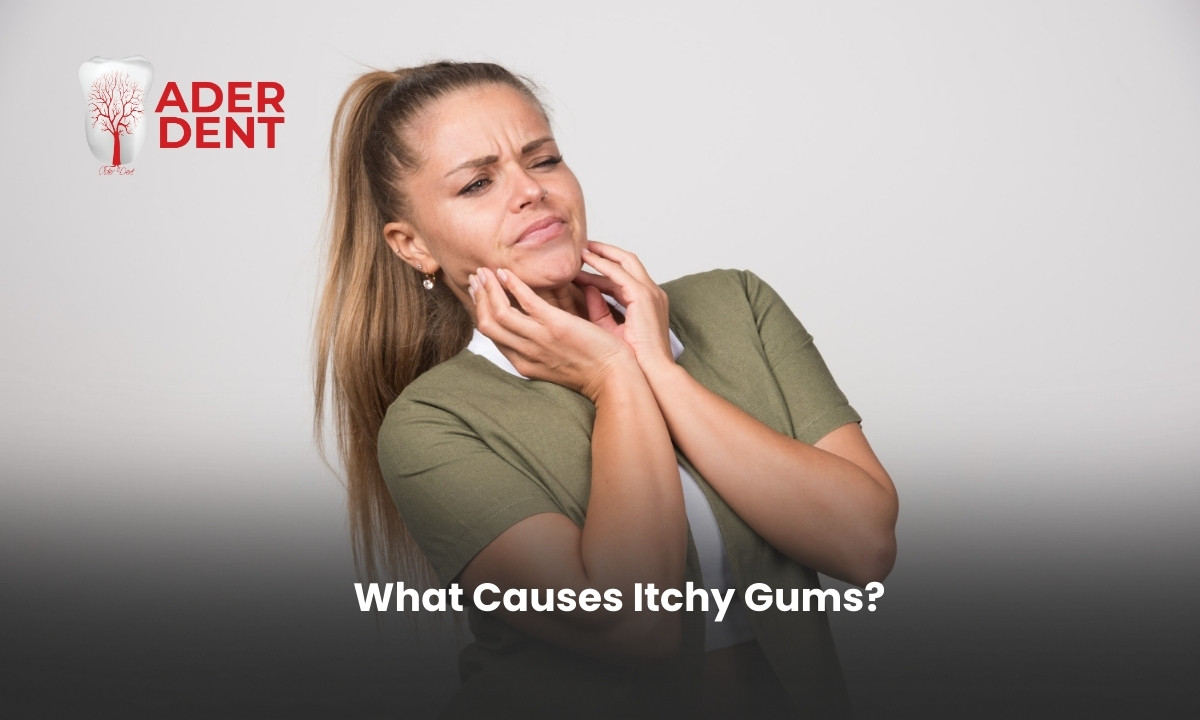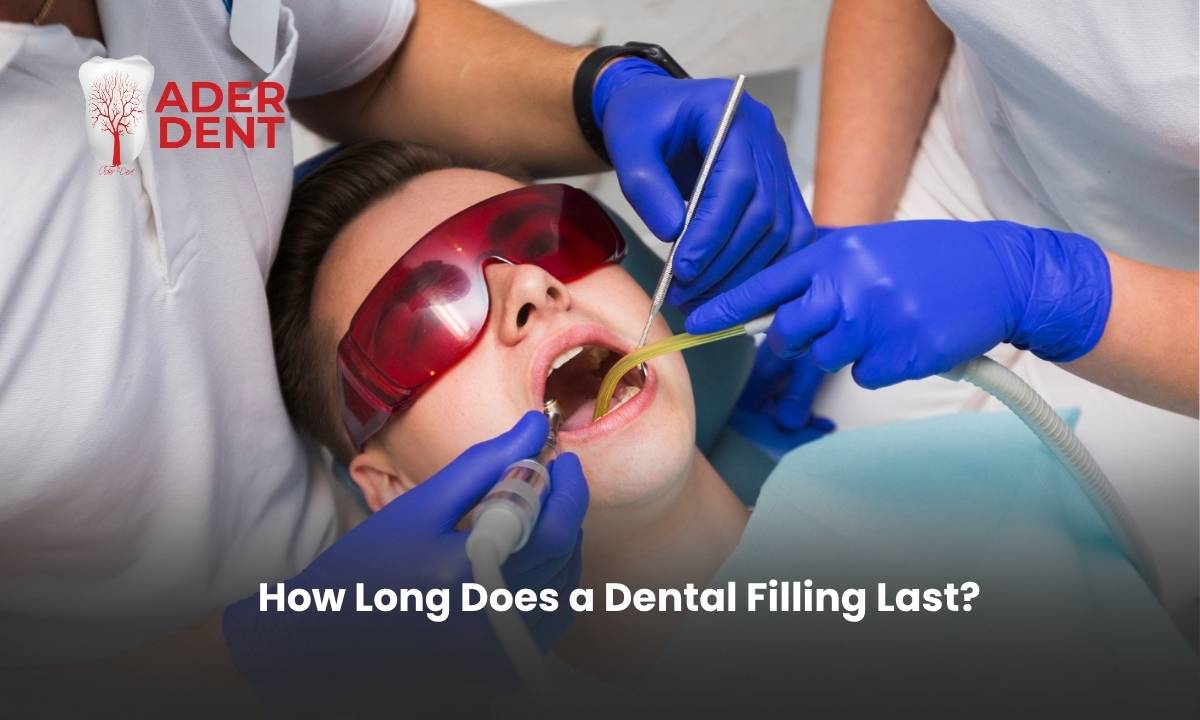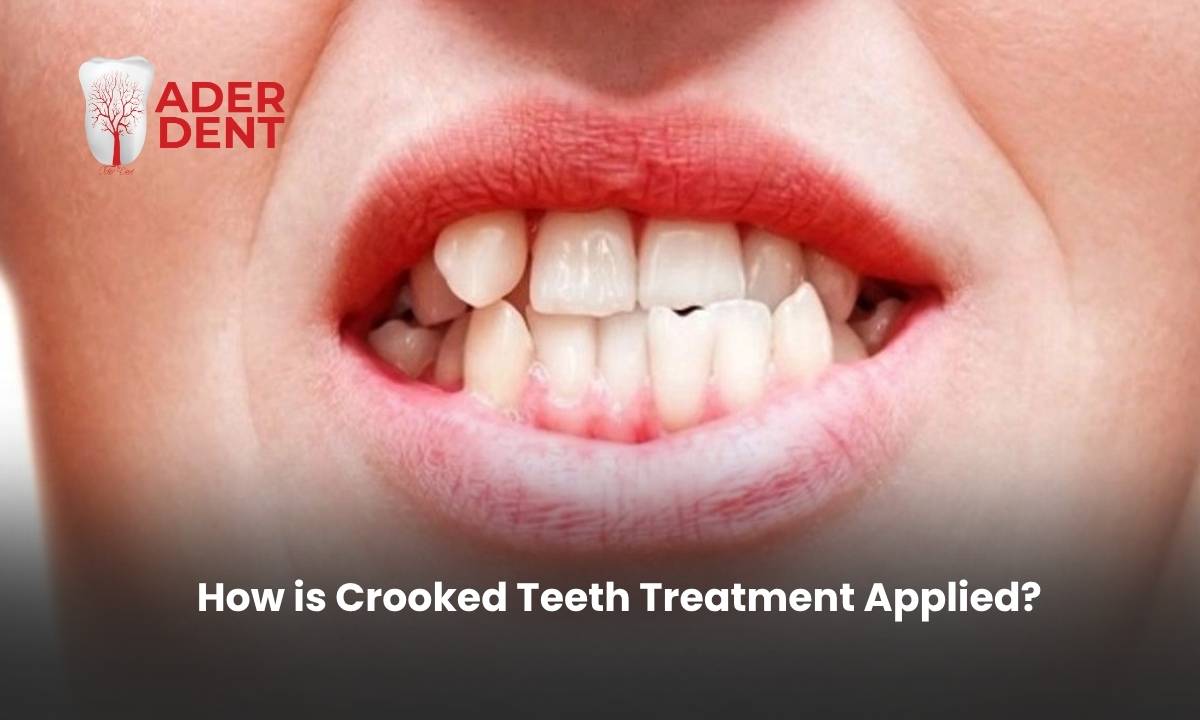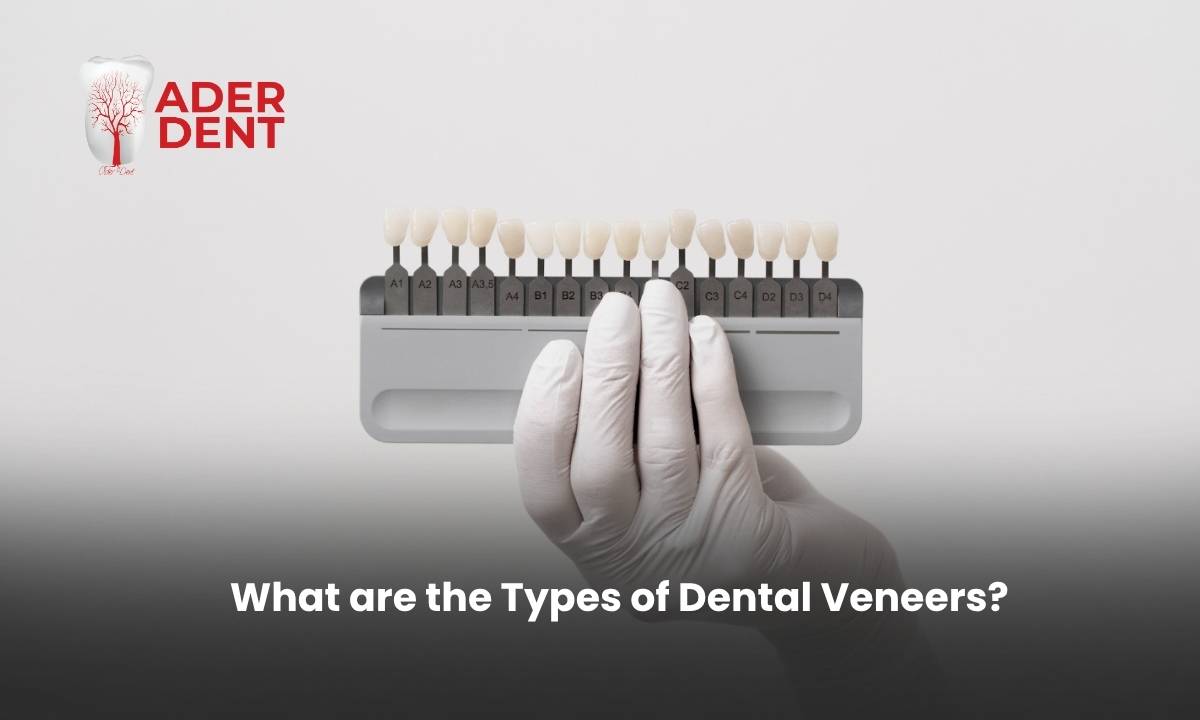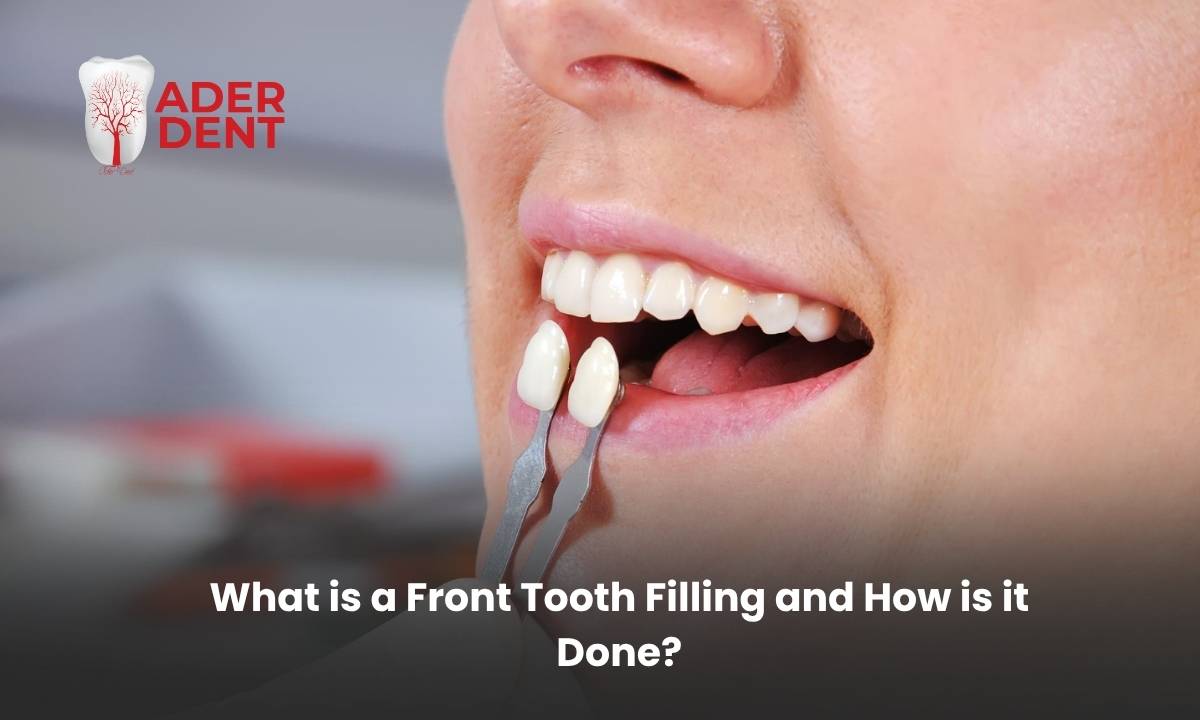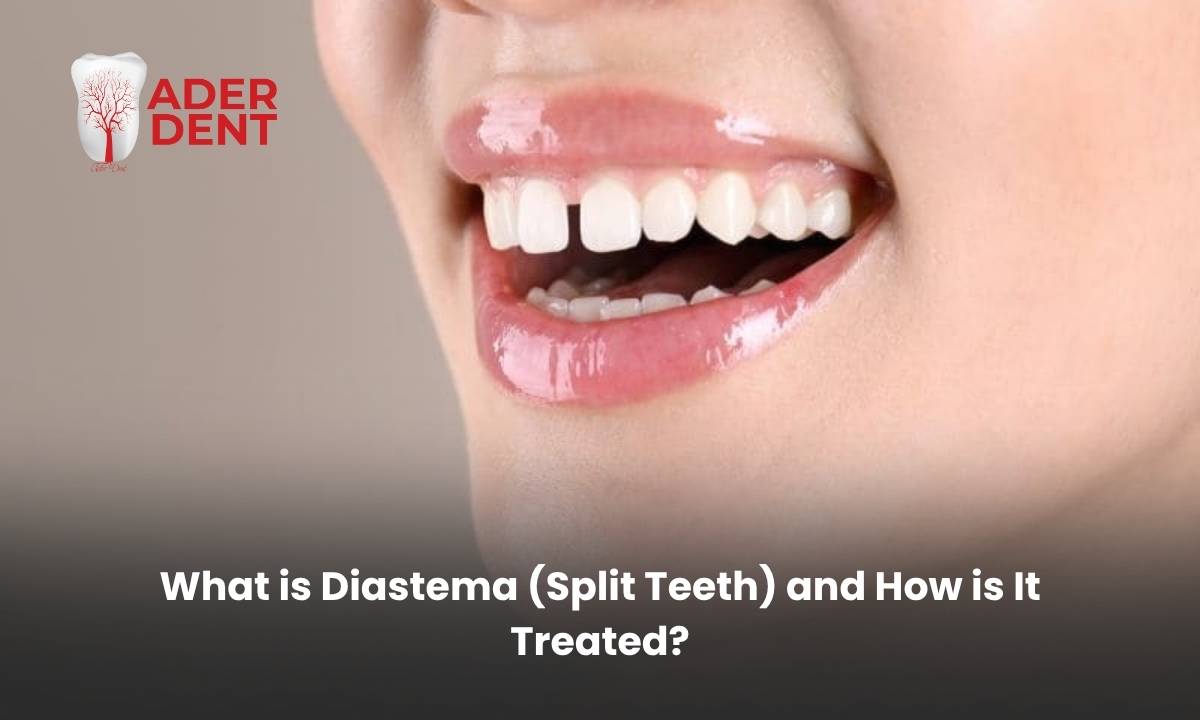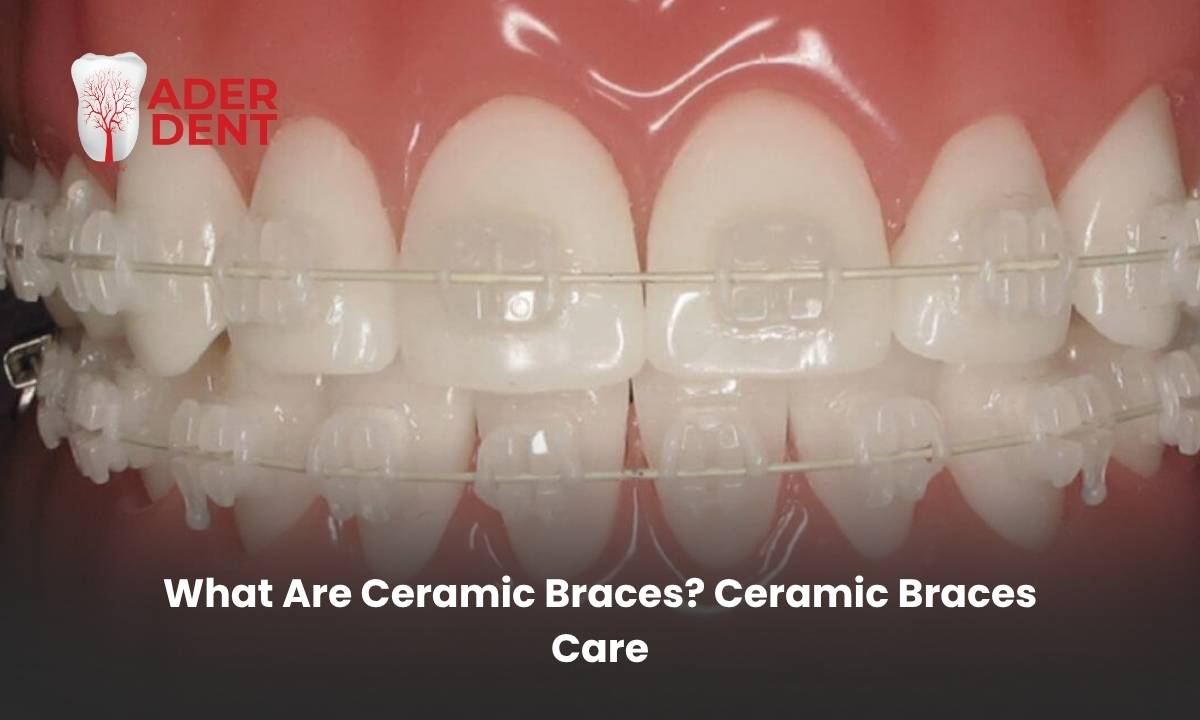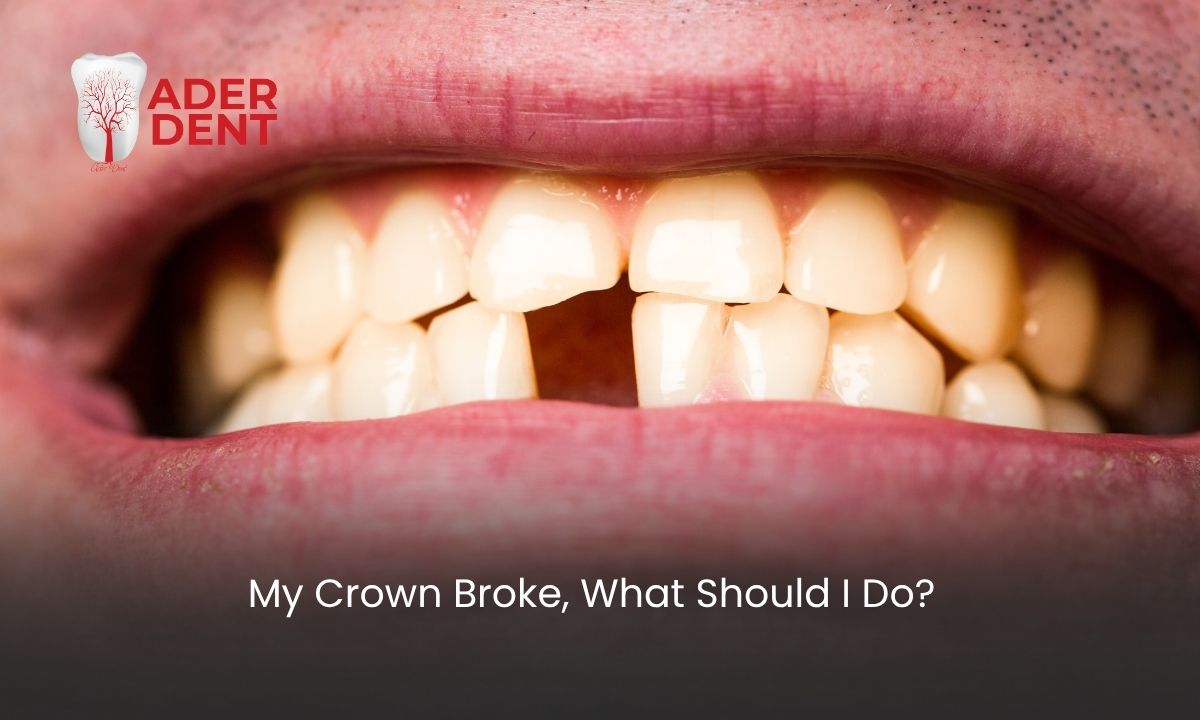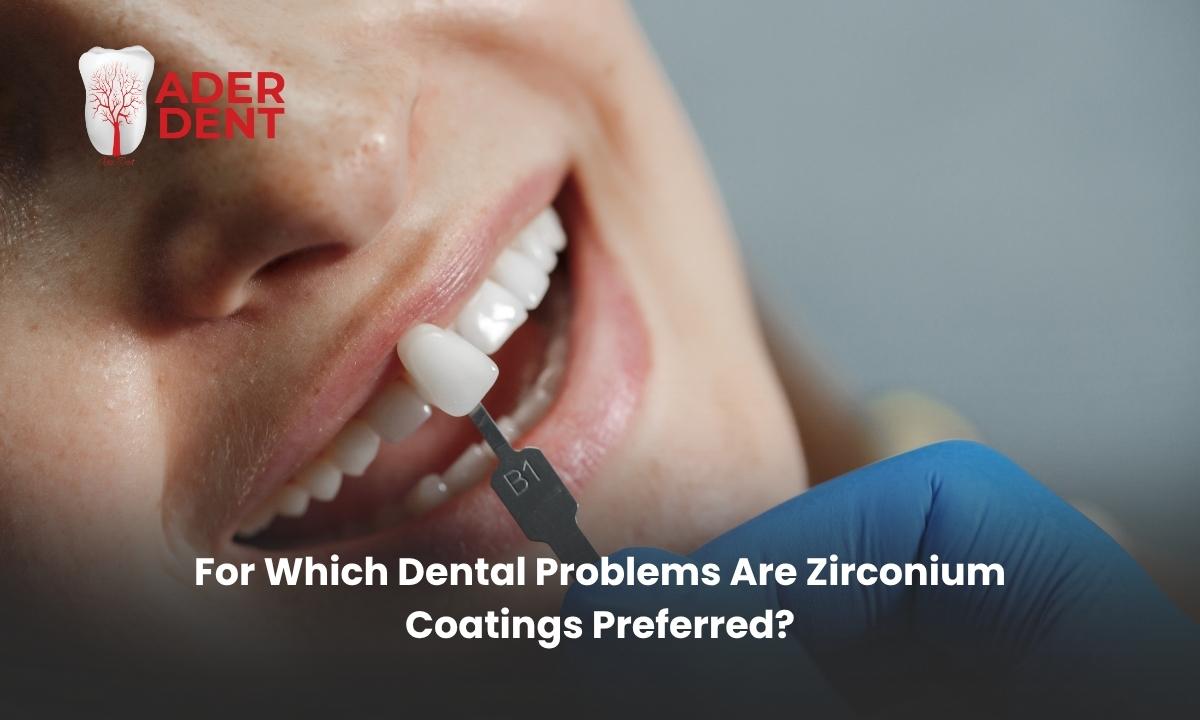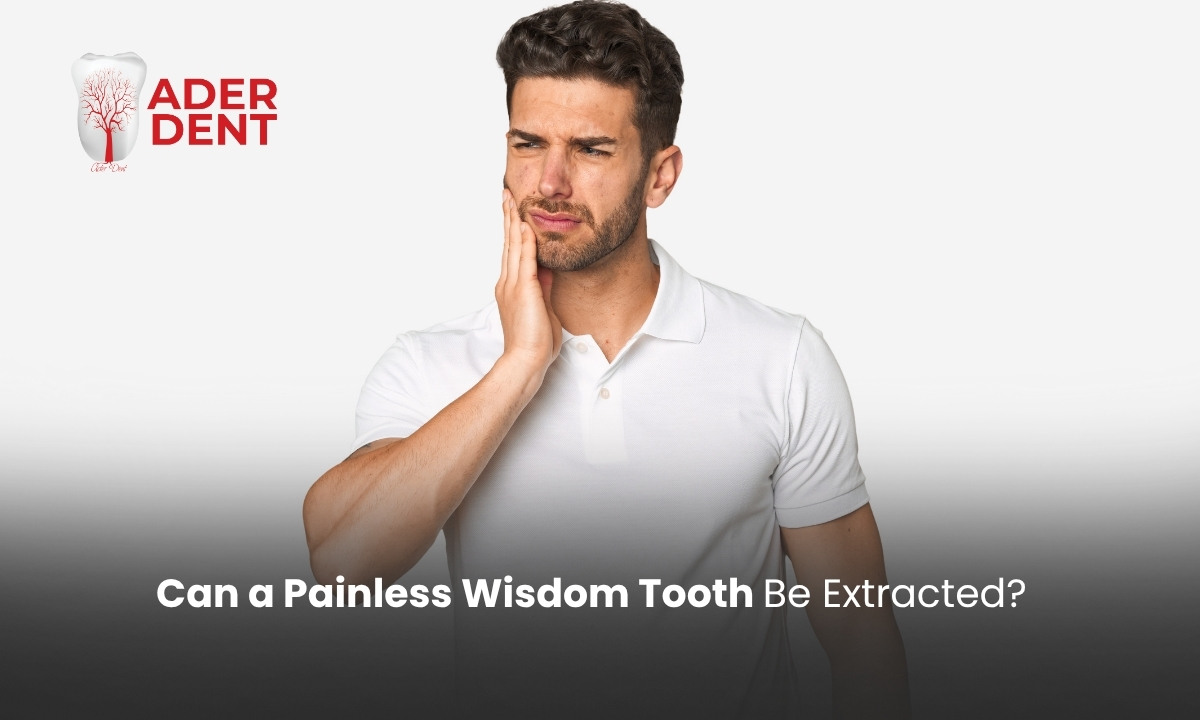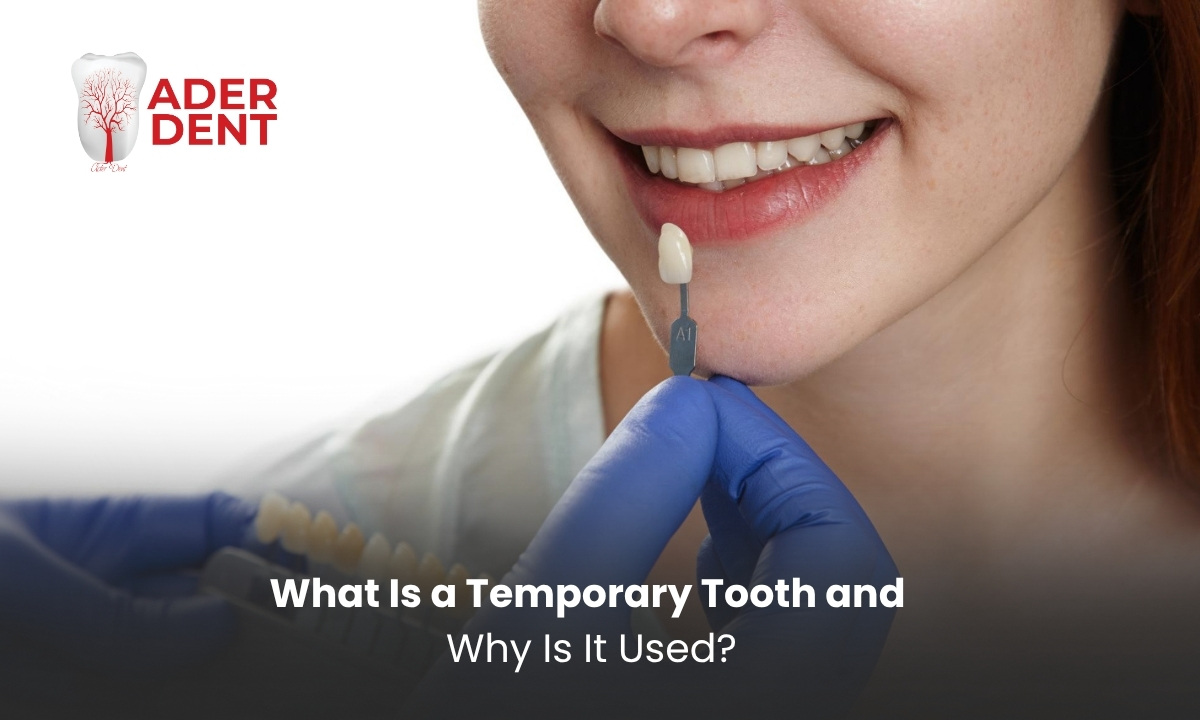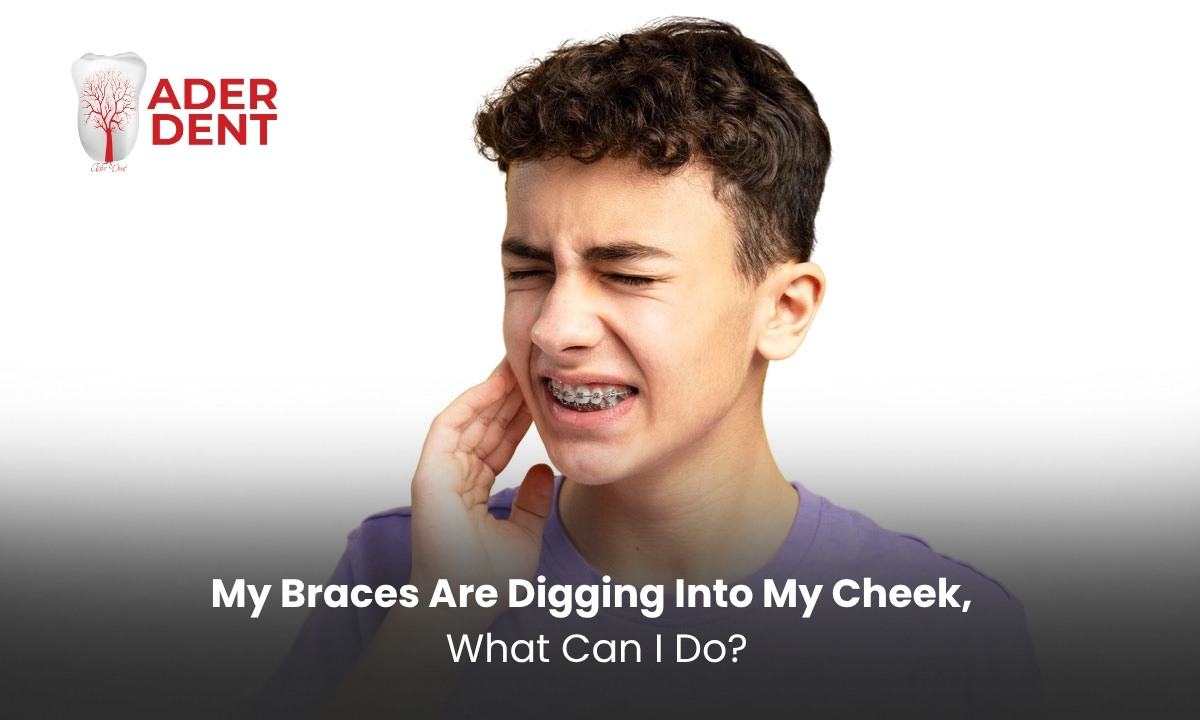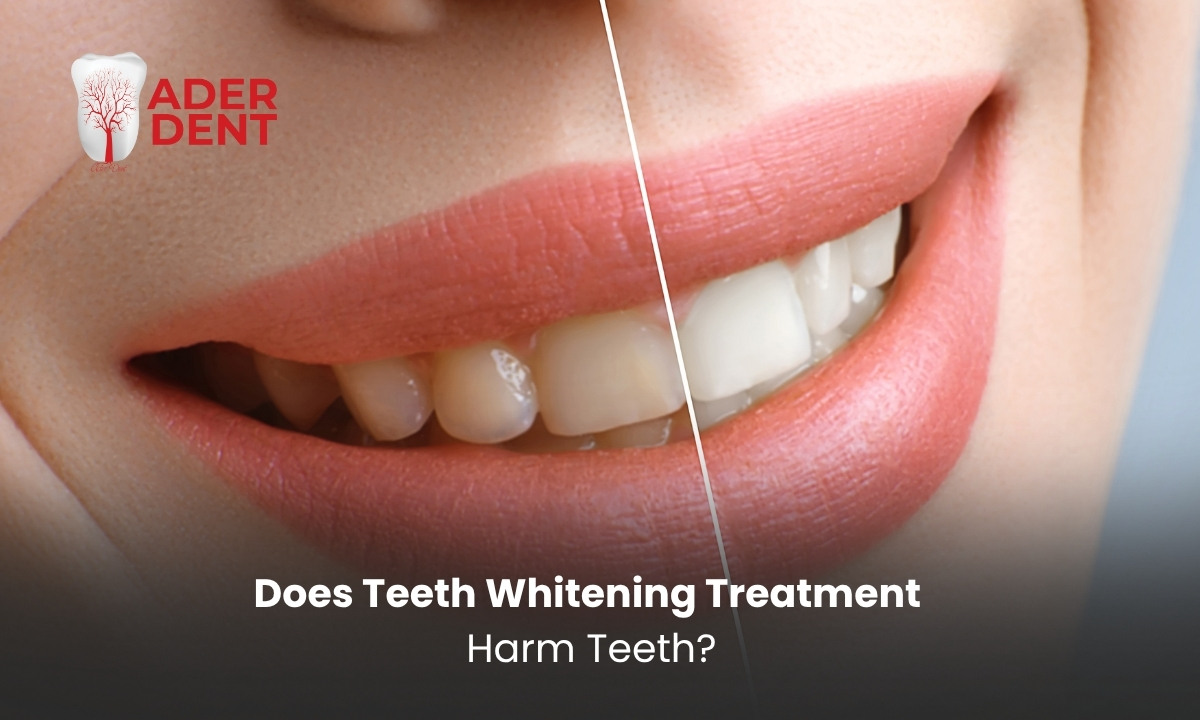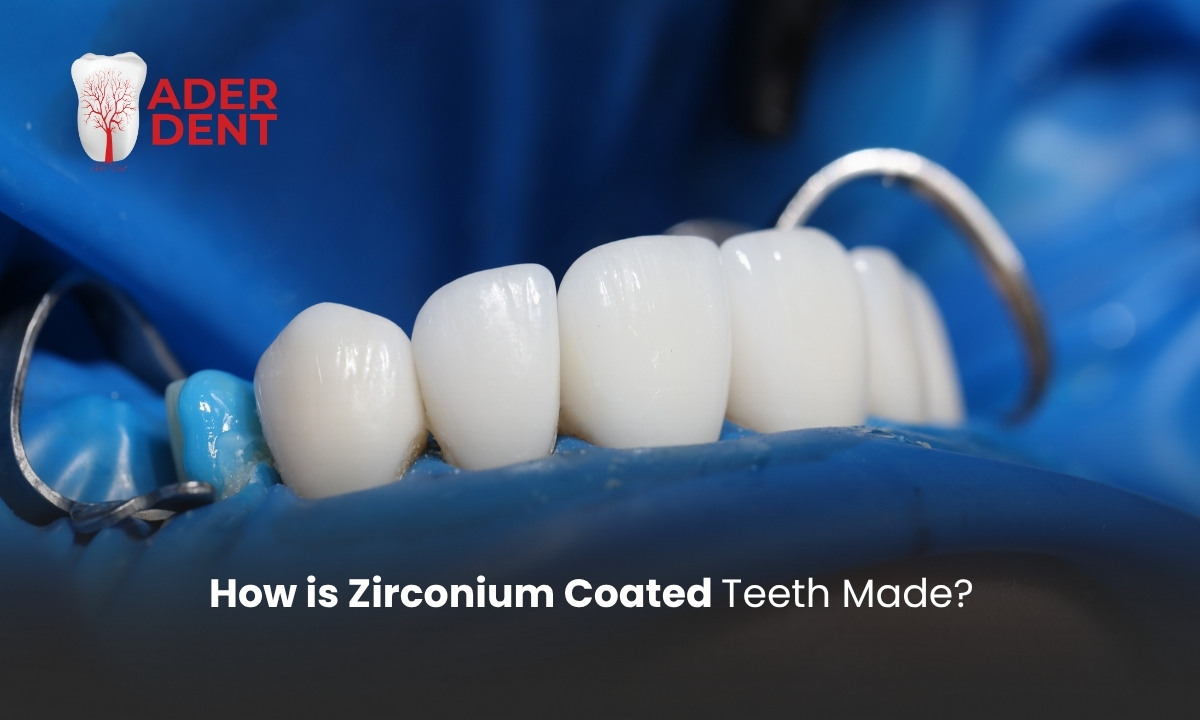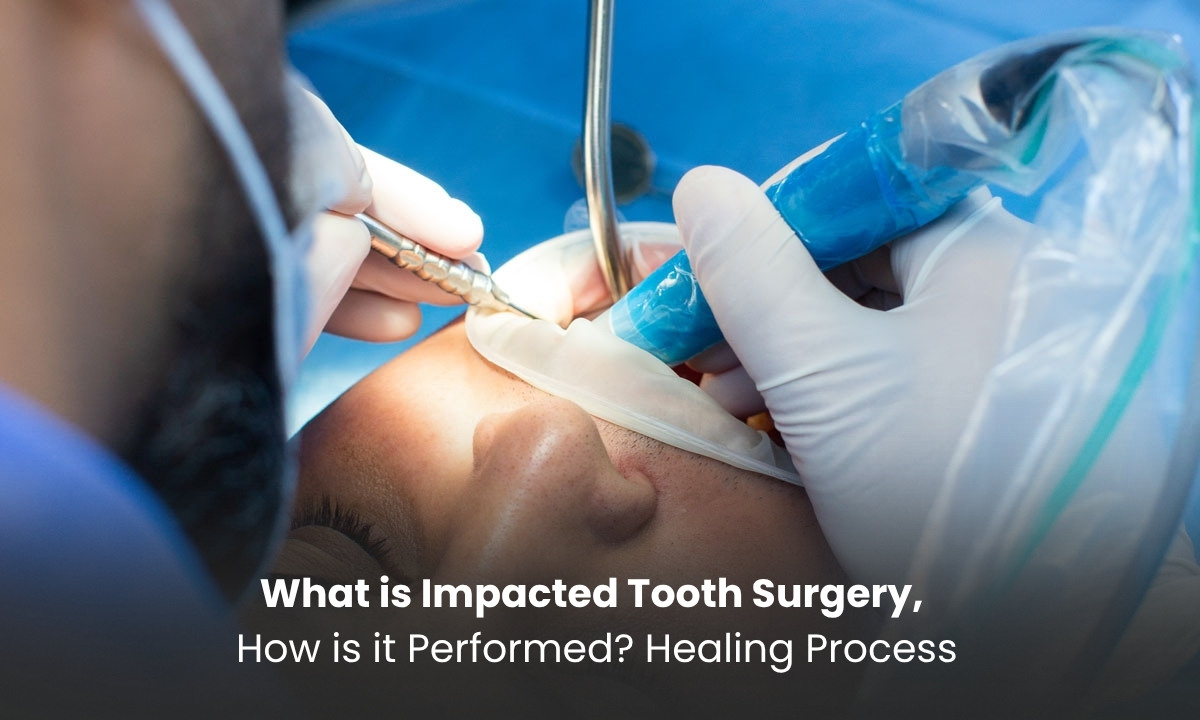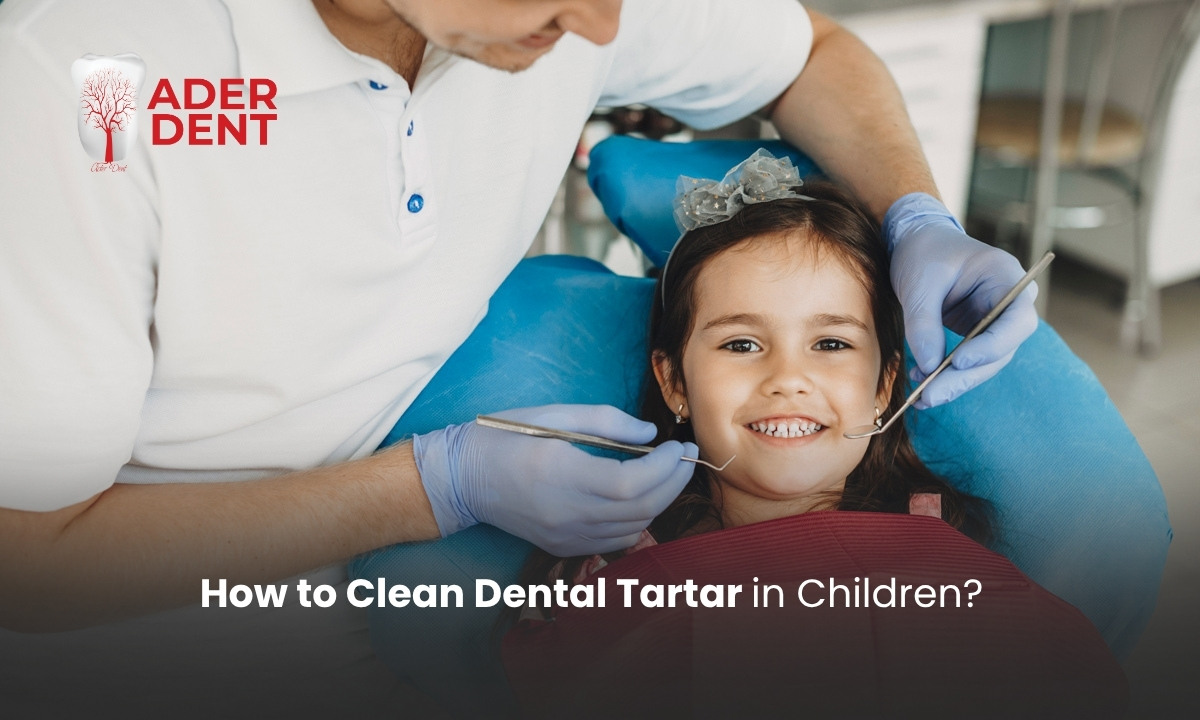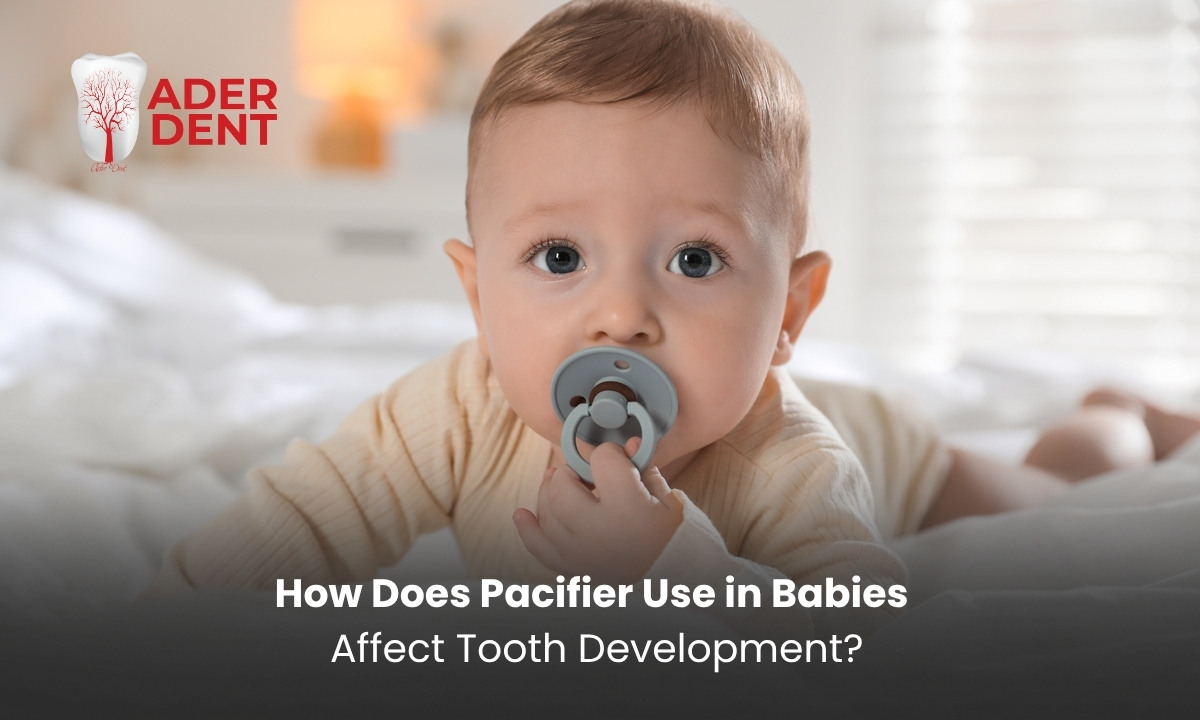
Baby Teething Cycle
The baby teething cycle usually begins around the 6th month. During this natural process, various symptoms may appear, including:
- Excessive drooling
- Swelling and sensitivity in the gums
- Increased biting and chewing tendencies
- Irritability and disrupted sleep patterns
- Loss of appetite
- Mild fever and runny nose
However, if there is high fever or intense nasal discharge, it is essential to consult a doctor.
At What Age Do Babies Start Teething?
Teething typically starts around the 6th month, but early signs can sometimes appear as early as the 3rd month. In 3-month-old babies, symptoms may include increased drooling, bringing hands to the mouth, and mild gum swelling. By 4 months, babies may show redness, noticeable gum swelling, increased biting behavior, and disrupted sleep.
Although the timing of teething varies for each child, early signs in 3- and 4-month-old babies help parents understand the initial stages of the teething process.
3-Month and 4-Month Baby Teething Symptoms
| 3-Month-Old Baby Teething Symptoms | 4-Month-Old Baby Teething Symptoms |
|---|---|
| Increased drooling | Redness and noticeable swelling in the gums |
| Bringing hands and toys to the mouth | Increased desire to bite and chew |
| Mild gum swelling | Disrupted sleep patterns |
| Irritability and crying | Decreased appetite |
| Beginning desire to chew | Mild fever and runny nose |
Teething Order in Babies
| Stage | Teeth Appearing | Age Range |
|---|---|---|
| 1 | Lower central incisors | 6–10 months |
| 2 | Upper central incisors | 9–12 months |
| 3 | Upper lateral incisors | 9–13 months |
| 4 | Lower lateral incisors | 10–16 months |
| 5 | Lower first molars | 13–19 months |
| 6 | Upper first molars | 14–18 months |
| 7 | Canines (cuspid teeth) | 16–22 months |
| 8 | Upper second molars | 23–31 months |
| 9 | Lower second molars | 25–33 months |
Can the Teething Order Change?
The teething cycle and order of teeth are usually consistent, but some babies may experience variations in timing. This is completely normal. If concerns persist, consulting a trusted pediatric dentist is recommended.
Baby Teething Period: When Does It Start and How Long Does It Last?
The teething period generally begins around the 6th month and continues until 30–33 months. Some babies may show early signs from the 3rd month, while others may not get their first tooth until the 12th month. The onset and duration of teething depend on the baby’s developmental rate and genetic factors.

How Long Does Baby Teething Discomfort Last?
Teething discomfort usually begins a few days before the tooth emerges and lasts until the tooth fully appears. For most babies, discomfort lasts 3–7 days, but it may extend for several weeks in cases of sensitive gums or simultaneous eruption of multiple teeth.
Baby Teething Chart
| Topic | Detailed Information |
|---|---|
| Start Time | Teething usually starts around 6 months; early signs may appear at 4 months, and in some cases, the first tooth may not appear until 12 months. |
| Completion Time | By age 3, all 20 primary teeth are fully emerged. |
| Order of Emergence | 1 → Lower central incisors 2 → Upper central incisors 3 → Lateral incisors 4 → First molars 5 → Canines 6 → Second molars |
| Common Symptoms | Gum swelling and redness, increased drooling, desire to bite, irritability, sleep disturbances, decreased appetite, ear tugging. |
| Misconceptions | High fever (>38°C) and severe diarrhea are not caused directly by teething; these are signs of infection. |
| Pain Relief Methods | Gently massage gums with clean fingers, use chilled (not frozen) teething toys, apply cold wet cloths, use safe BPA-free products. |
| Things to Avoid | Amber necklaces, small or breakable toys, excessively cold or frozen foods. |
| Oral Hygiene | Start cleaning as soon as the first tooth appears. Visit a dentist at 6–12 months. Switch to a soft-bristled toothbrush at 2.5–3 years. |
| Additional Parent Tips | Clean teeth after night feeding; prefer fruits and vegetables over sugary foods. |
What Helps with Baby Teething Pain?
- Gently massage the gums with a clean finger.
- Use chilled, not frozen, teething toys (avoid excessive contact).
- Massage gums with a cold, damp cloth.
- Engage the baby in play, singing, or close interaction to distract from pain.
If the baby’s teething pain is severe and natural methods are not enough, a pediatric dentist may recommend pain-relief syrups. Avoid amber necklaces, toys with small detachable parts, excessively cold foods, and alcohol-containing traditional remedies.
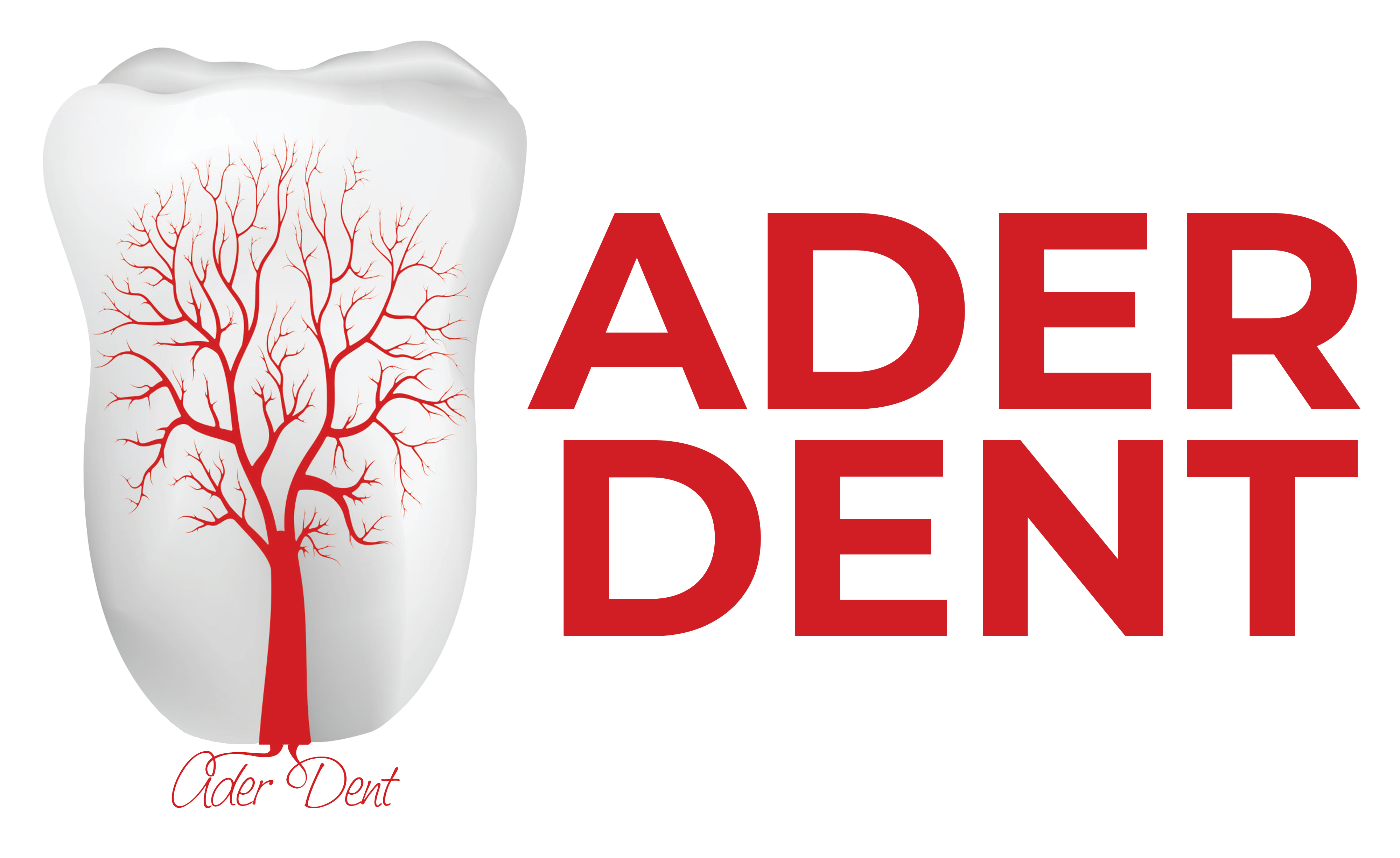
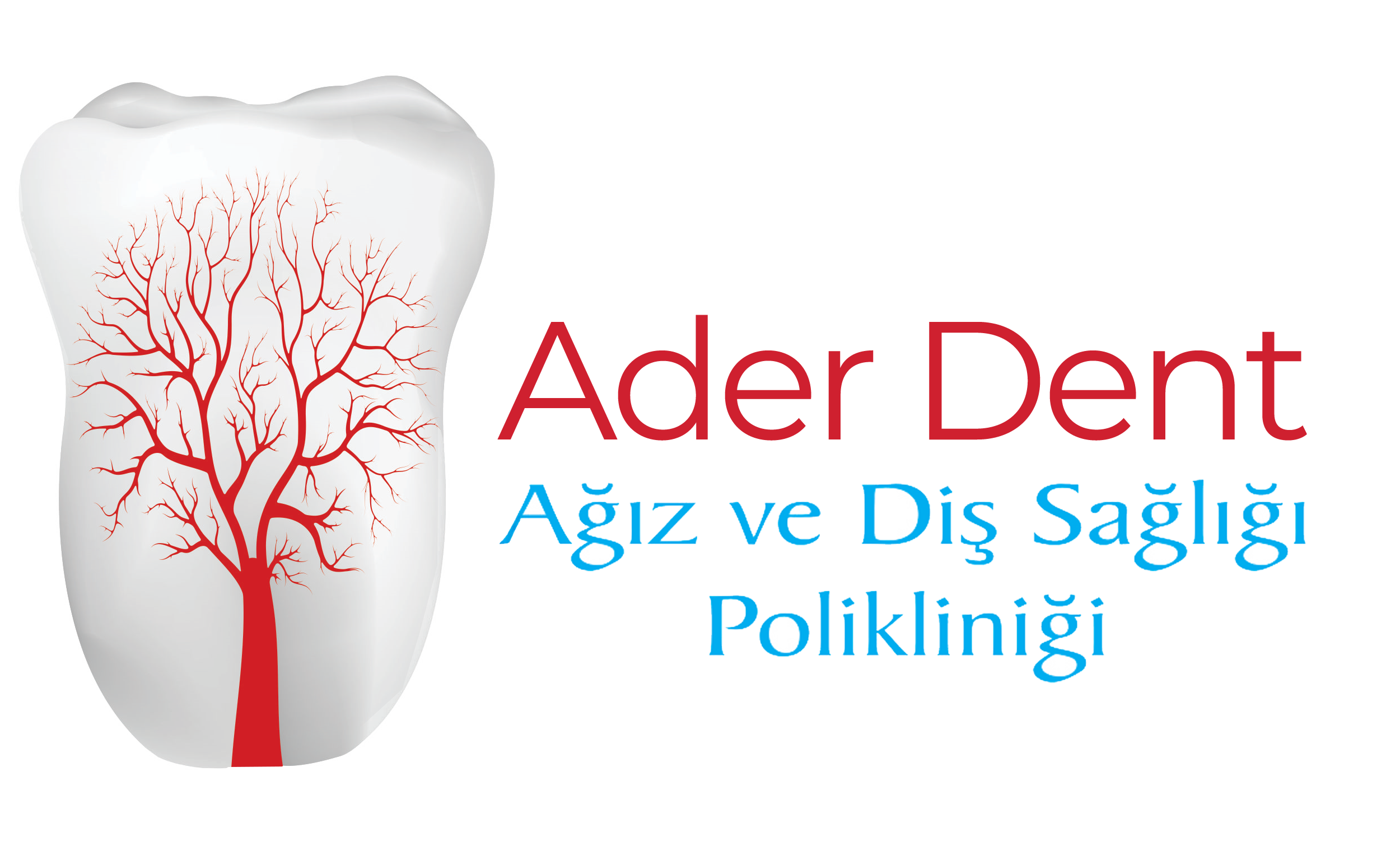
 TR
TR
